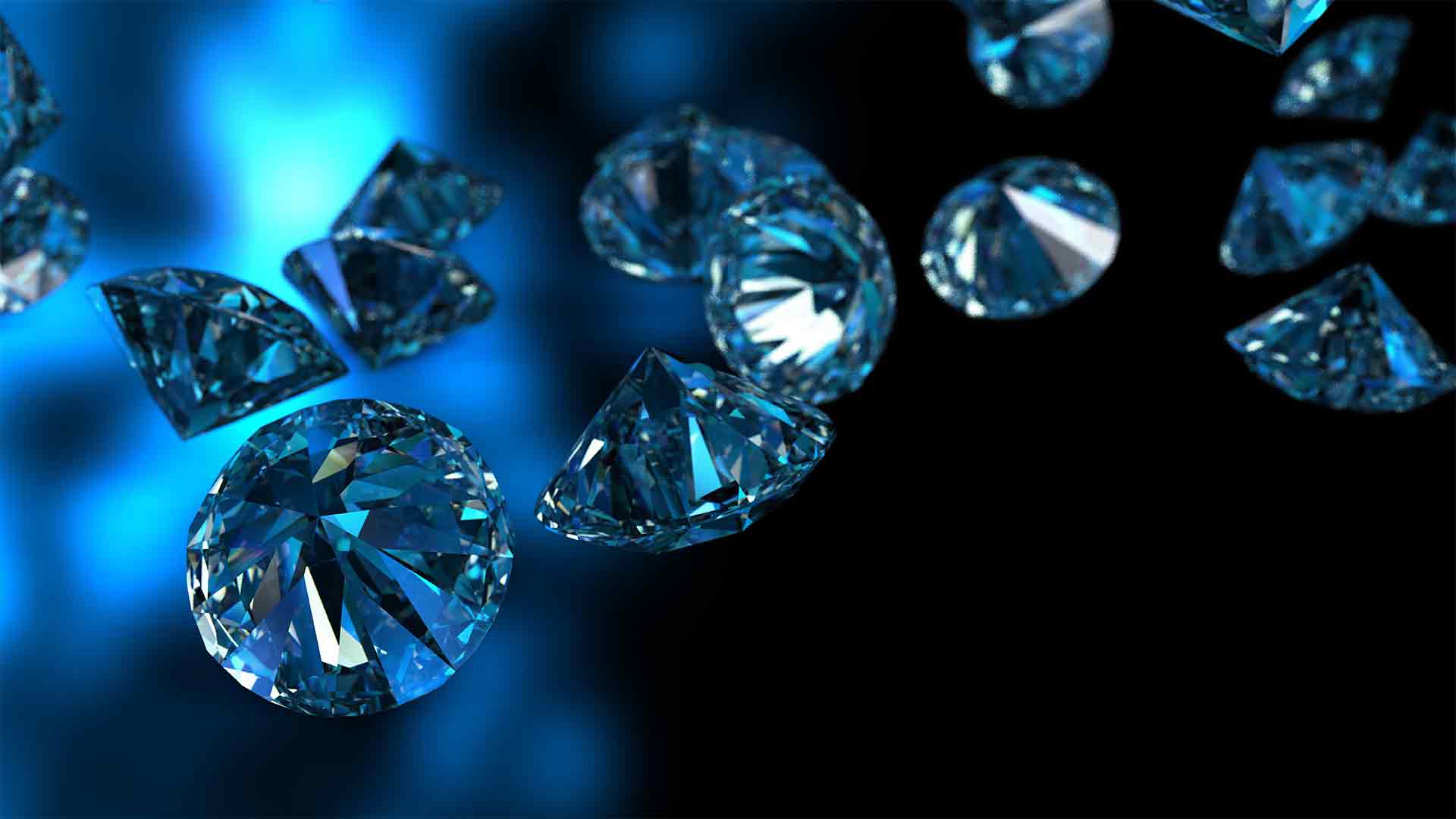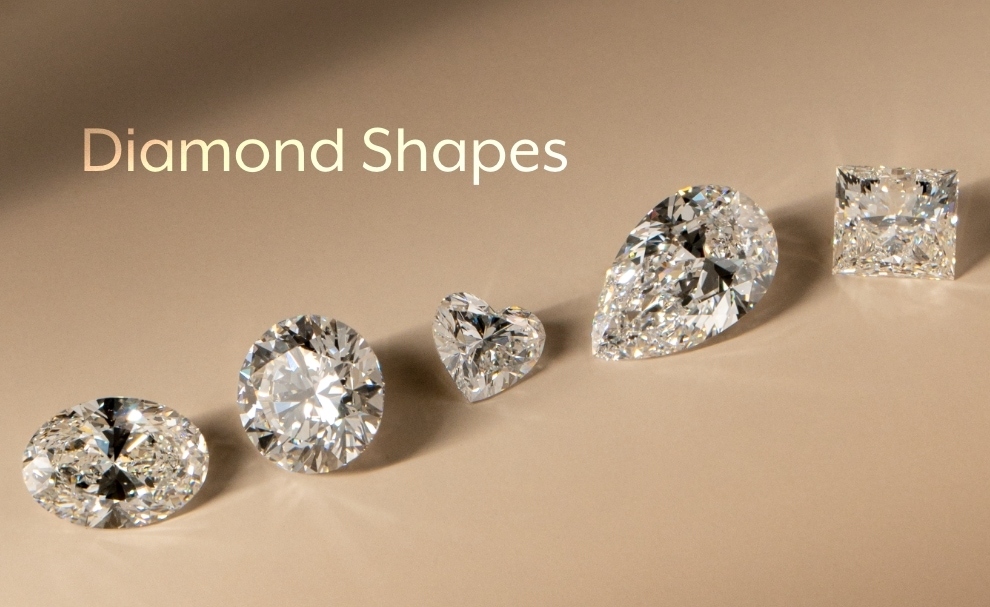
Blue diamonds are among the rarest and most beautiful gemstones in the world, captivating both collectors and investors alike. These diamonds not only possess an extraordinary color but also come with a rich history and fascinating scientific background. In this article, we’ll dive deep into the world of blue diamonds, from their origins and natural formation to their immense value in the market. Whether you’re a jewelry enthusiast or considering blue diamonds as an investment, this guide will provide you with all the essential information.
What Makes Blue Diamonds So Special?
The Science Behind the Color
Blue diamonds are primarily colored by the presence of a trace element: boron. Unlike other diamonds, which typically derive their color from impurities such as nitrogen, blue diamonds owe their unique hue to boron atoms within their crystal structure. When boron is present in trace amounts, it absorbs red and yellow light, reflecting blue light and giving the diamond its striking appearance.
Additionally, the intensity of the blue color in a diamond depends on the concentration of boron. The deeper the blue, the rarer and more valuable the diamond. These diamonds can range from light blue to deep, vibrant blue, with some diamonds even showing a hint of green due to additional trace elements.
The Rarity of Blue Diamonds
While diamonds are rare, blue diamonds are on an entirely different level of scarcity. Blue diamonds account for less than 1% of all diamonds mined, making them incredibly rare and highly sought after. The rarity is further amplified by the fact that blue diamonds are typically found in only a handful of mines around the world, with the most famous being the Argyle Mine in Australia (which has since closed) and the Cullinan Mine in South Africa.
The Argyle Mine, in particular, was known for producing some of the world’s most famous blue diamonds, including the renowned “Blue Moon of Josephine,” which fetched a record-breaking price at auction. With the closure of the Argyle Mine in 2020, the supply of blue diamonds is expected to decrease even further, driving up their value.
Famous Blue Diamonds in History
The Hope Diamond
One of the most famous blue diamonds in the world is the Hope Diamond. Weighing 45.52 carats, the Hope Diamond is renowned for its deep blue color and remarkable history. This diamond has been the subject of legends and myths due to its supposed curse, which is believed to bring misfortune to its owners. Despite its tumultuous history, the Hope Diamond now resides at the Smithsonian Institution in Washington, D.C., where it is admired by millions of visitors each year.
The Blue Moon Diamond
Another iconic blue diamond is the Blue Moon Diamond. Weighing 12.03 carats, this blue diamond made headlines in 2015 when it sold for a staggering $48.5 million at auction, making it one of the most expensive diamonds ever sold. The Blue Moon Diamond’s unique color and flawless clarity contributed to its high price, cementing its place as one of the rarest and most coveted gemstones in the world.
Why Are Blue Diamonds So Expensive?
Rarity and Market Demand
The primary factor contributing to the high cost of blue diamonds is their extreme rarity. With a supply that is limited to just a few mines, and the closure of the Argyle Mine significantly reducing production, the scarcity of blue diamonds only increases their value. Additionally, blue diamonds are in high demand among collectors and investors who seek out these exquisite gemstones due to their beauty, status, and historical significance.
Investment Potential
In recent years, blue diamonds have also become an attractive investment option. Like other precious commodities, blue diamonds have seen their prices steadily increase, particularly in the wake of the Argyle Mine’s closure. As a result, blue diamonds have been viewed not only as a symbol of wealth and luxury but also as a hedge against inflation and economic instability. High-quality blue diamonds can yield impressive returns, making them a solid long-term investment for those in the know.
How to Choose the Perfect Blue Diamond
Factors to Consider
When purchasing a blue diamond, several key factors should be considered to ensure you’re making a wise investment or buying a piece of jewelry that truly stands out. Here are some things to keep in mind:
- Color Intensity: The more intense the blue, lab grown diamonds, the more valuable the diamond. Blue diamonds come in various shades, from light blue to vivid blue. The deeper and richer the color, the rarer and more expensive the diamond.
- Clarity: Like all diamonds, blue diamonds are graded for clarity. The fewer inclusions or imperfections, the higher the value. However, blue diamonds tend to have more natural inclusions than white diamonds, so clarity is often judged differently.
- Size: Blue diamonds are more expensive in larger carat sizes. However, even smaller blue diamonds can command high prices due to their rarity.
- Cut: The cut of the diamond affects its brilliance and overall appearance. A well-cut blue diamond will have better light performance, enhancing its visual appeal.
- Certifications: Always look for a reputable certificate from a recognized gemological laboratory, such as the GIA (Gemological Institute of America), to ensure the authenticity and quality of the diamond.
Conclusion: The Enduring Allure of Blue Diamonds
Blue diamonds continue to captivate the world with their enchanting color, rarity, and history. As both a symbol of prestige and a wise investment, these precious stones are truly one of a kind. Whether you’re looking to own a piece of history, add a stunning jewel to your collection, or make an investment that will appreciate in value, a blue diamond is a timeless choice that will never lose its allure.
As the supply of blue diamonds continues to diminish, their value is expected to rise, making now the perfect time to explore this mesmerizing gemstone. Be sure to take into account the key factors of color, clarity, size, and certification to make an informed purchase, and enjoy the beauty and rarity of owning one of the most coveted gemstones in the world.







